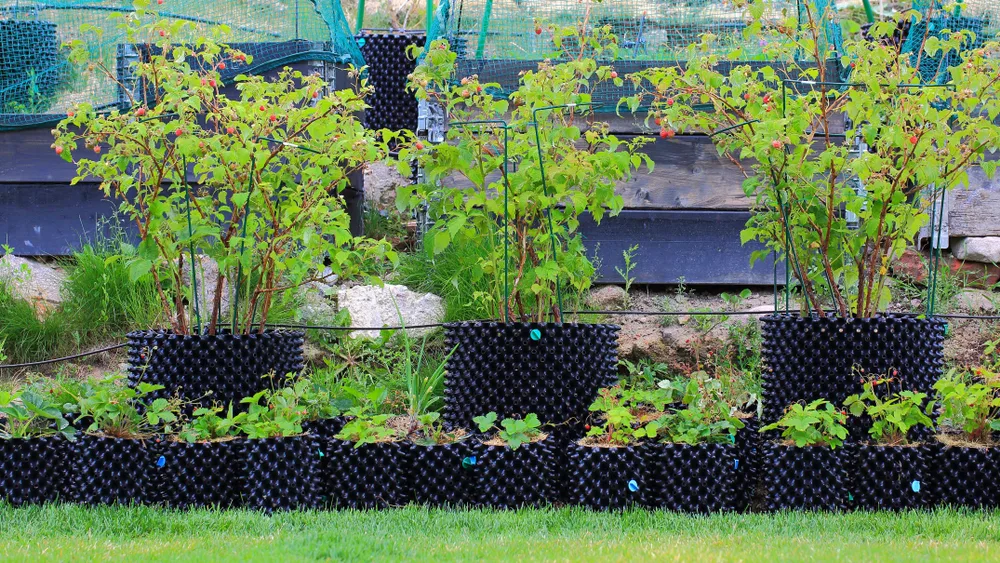
Container gardening can be a rewarding pursuit that can really help you make the most of all the space you have available. A container garden can be indoors, under cover in a greenhouse or polytunnel, or outdoors.
Container gardens that are designed and managed well can provide an abundance of fruits, vegetables, herbs and flowers.
From fruit trees to the smallest herb plants in tiny pots, you can grow almost anything in a container garden that you could grow in the ground.
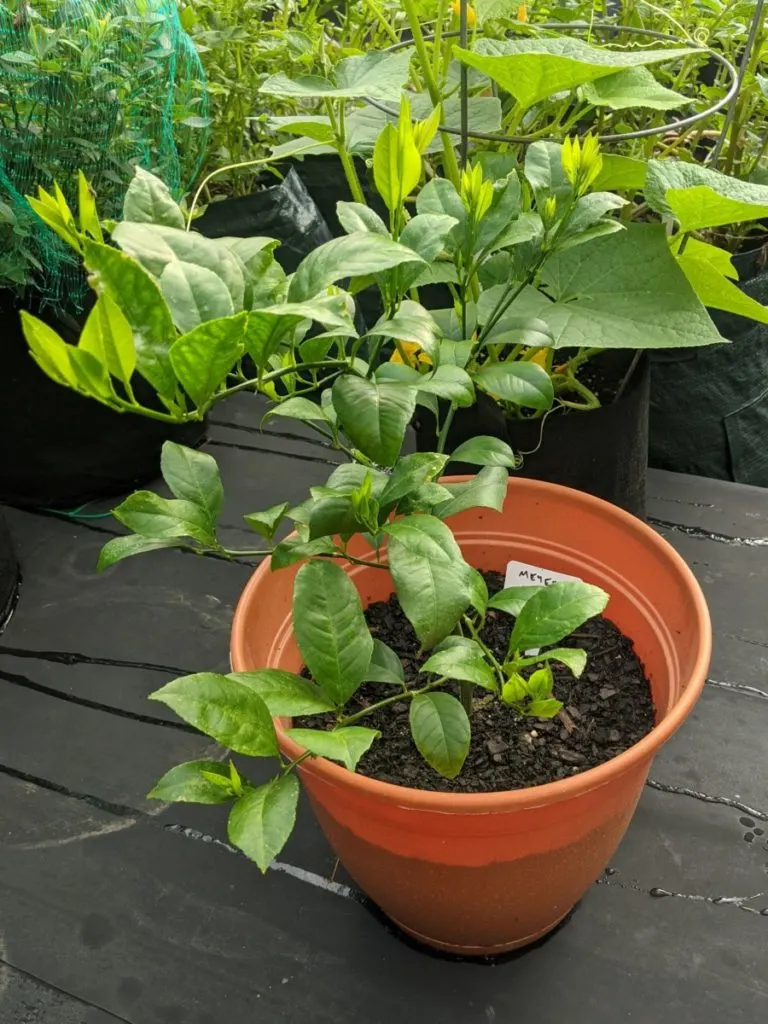
Container gardens can also, of course, expand the range of plants you’re able to grow where you live. Containers can be filled with a growing medium with a different pH or moved inside or under cover in cold weather.
But though you can grow a huge range of plants in a container garden, there are a number of things that can go wrong. To help you avoid common issues, here are 12 mistakes you might be making:
1. Choosing Containers Made From the Wrong Materials
The first thing that is commonly overlooked is what containers are made from. What material is used for containers can have a big impact on how well plants grow. And how easy it is to tend them.
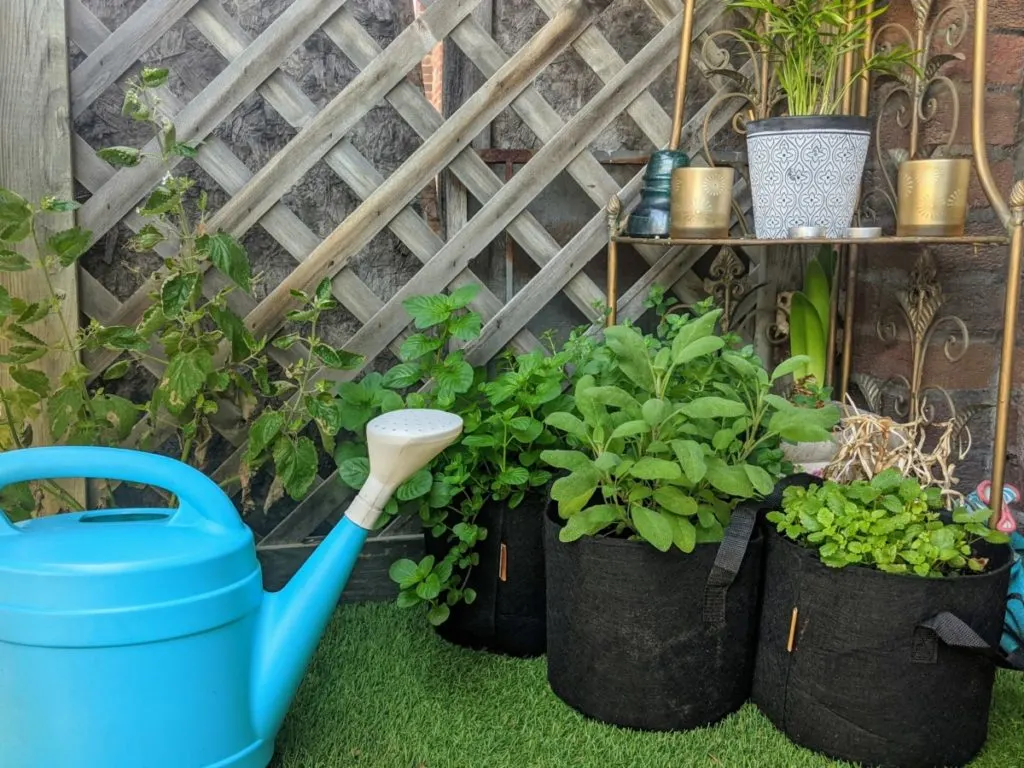
For example, containers might be made from:
- plastic
- metal
- wood
- terracotta/ ceramic
- stone
It’s important to understand that different materials each have strengths and weaknesses. In order to achieve the best results, it’s important to understand what these are. It is also important to match the characteristics of the containers to the plants you’re trying to grow.
Plastic
Plastic, of course, comes with environmental concerns. Black plastic in particular is a problem as it is unlikely that it will be recyclable at the end of its useful life. But plastic is of course very durable, and flexible.
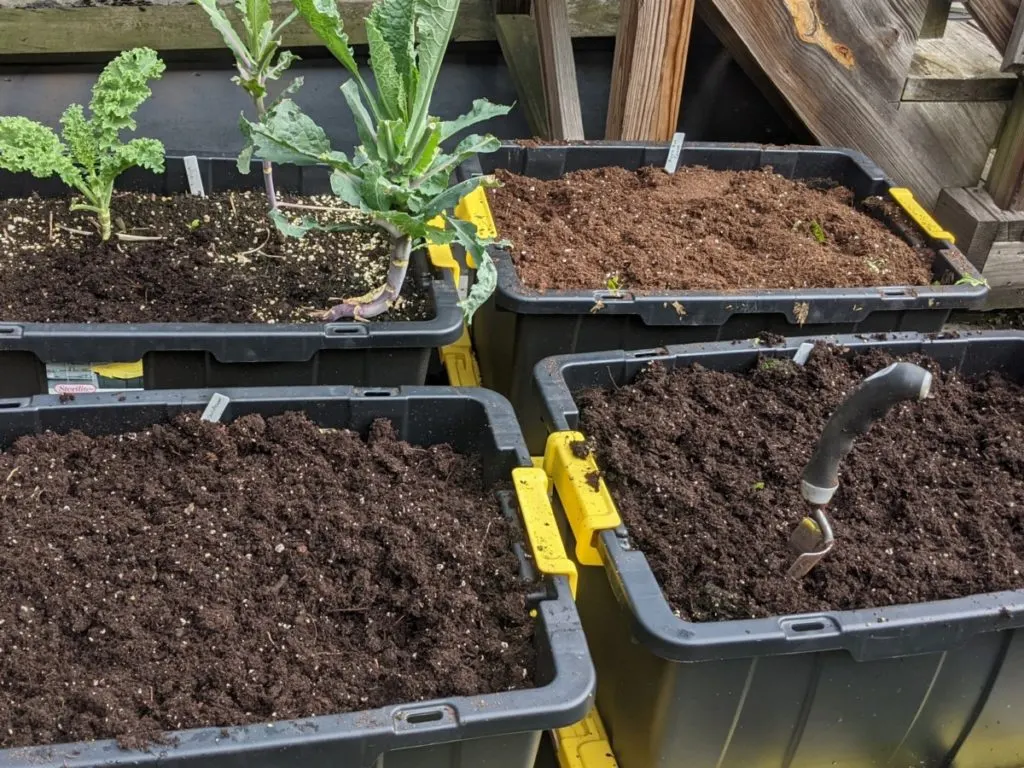
It won’t freeze and crack in winter frosts, and containers made from non-breathable solid plastic will tend to retain water.
This can be a good thing for plants with higher water needs – but may pose a problem for plants that cannot tolerate waterlogging.
Remember, black and dark-colored containers will get hotter (and dry out more quickly) than lighter ones that reflect more light.
Metal
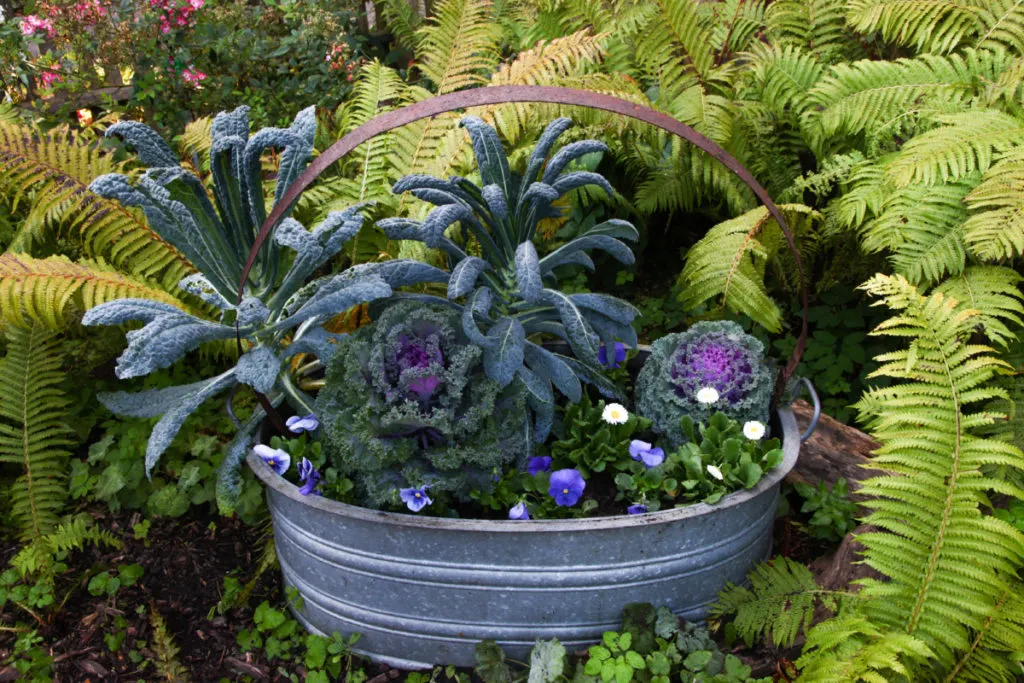
Metal containers can also get very hot in summer. This can be an issue for some plants. But could be ideal for heat-loving plants. Metal can also get very cold in winter, so this is also something to bear in mind.
Wood
Wooden planters can be great for a range of plants. But it’s important to think about how these are treated. Certain preservatives may not be ideal for use around edible plants.
Untreated wood will help keep water levels more stable in the growing medium over time by absorbing and releasing water. But of course, untreated wood will eventually break down and so can only ever be a short-term solution.
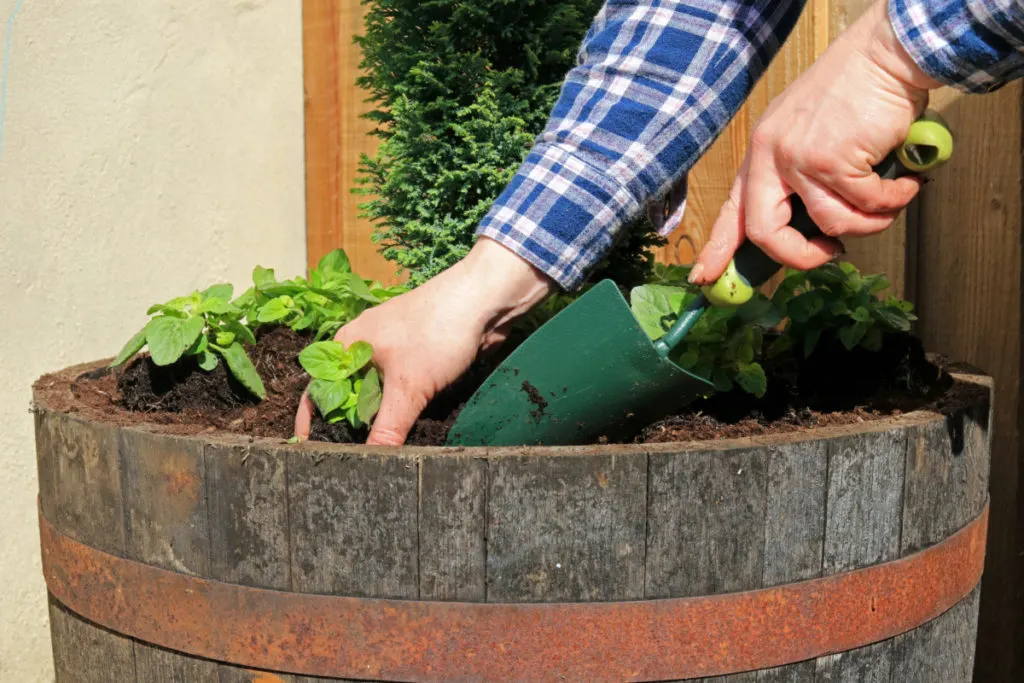
Lining wooden containers with plastic will mean that they last longer, and will remain moister. But a breathable lining like burlap, for example, is a more eco-friendly choice and can help keep the growing medium aerated.
Terracotta/ Ceramic
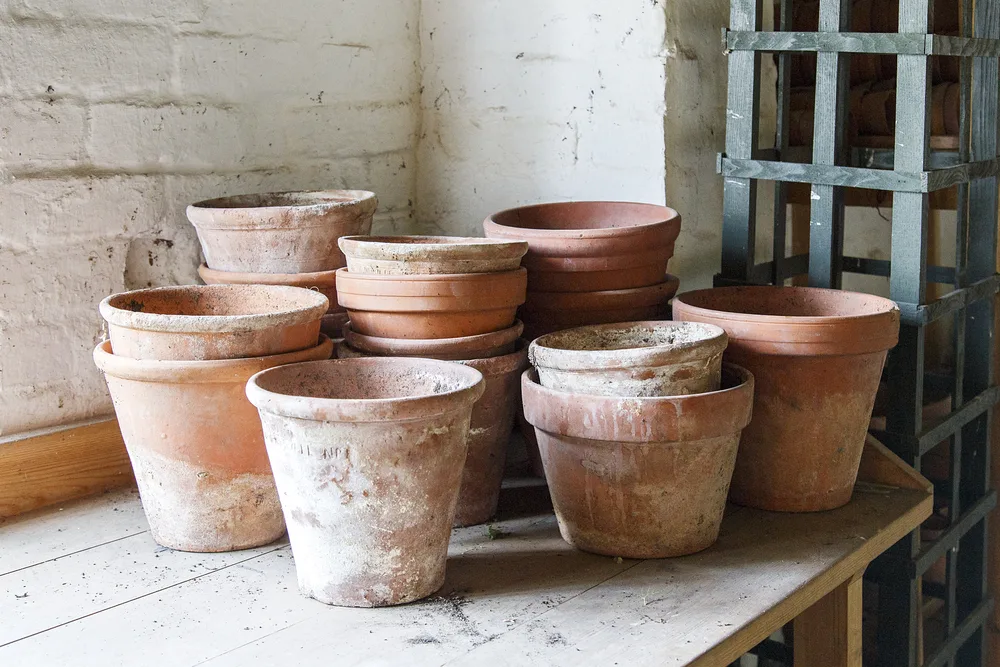
Terracotta pots are a traditional choice. They can look more appealing than plastic ones, though of course, they’re more expensive. Unglazed terracotta pots will allow for good aeration, and will release more water than plastic pots and dry out more quickly. Again, this can be good in some situations and for some plants, and bad for others.
Glazed ceramic pots and planters look great.
And the glaze often means that they retain more moisture than unglazed options.
However, both these and unglazed terracotta pots can crack when the growing medium inside them freezes. So they could be problematic when growing outside during the winter months. Especially if you live in a cold winter area.
One good thing about terracotta/ ceramic pots, however, is that they have some thermal mass. This means that they retain heat from the sun during the day and release it slowly at night. This can help to regulate temperatures for plants.
Stone
Like terracotta/ceramic planters and pots, stone planters have great thermal mass. So they help with heat regulation.
They can be very solid and durable but can break. Old stone planters can have a lot of character.
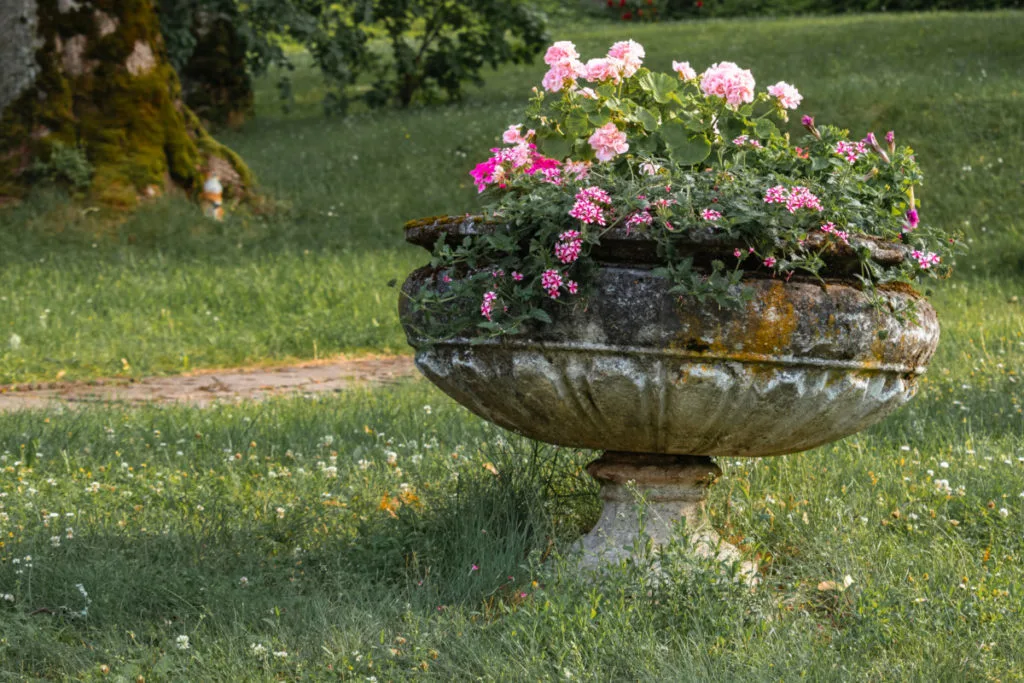
Modern options are often made from a faux stone, with fiberglass, so are not as environmentally friendly. And though they are lighter, they are not as durable either.
Of course, real stone planters are extremely heavy, so will not be suitable for plants you want to move around.
Cloth Grow Bags
Bags made from a tough but porous landscaping cloth are becoming an increasingly popular option for container gardening. They are great for plants that are easily waterlogged. And because of their natural breathability root systems are naturally air-pruned.
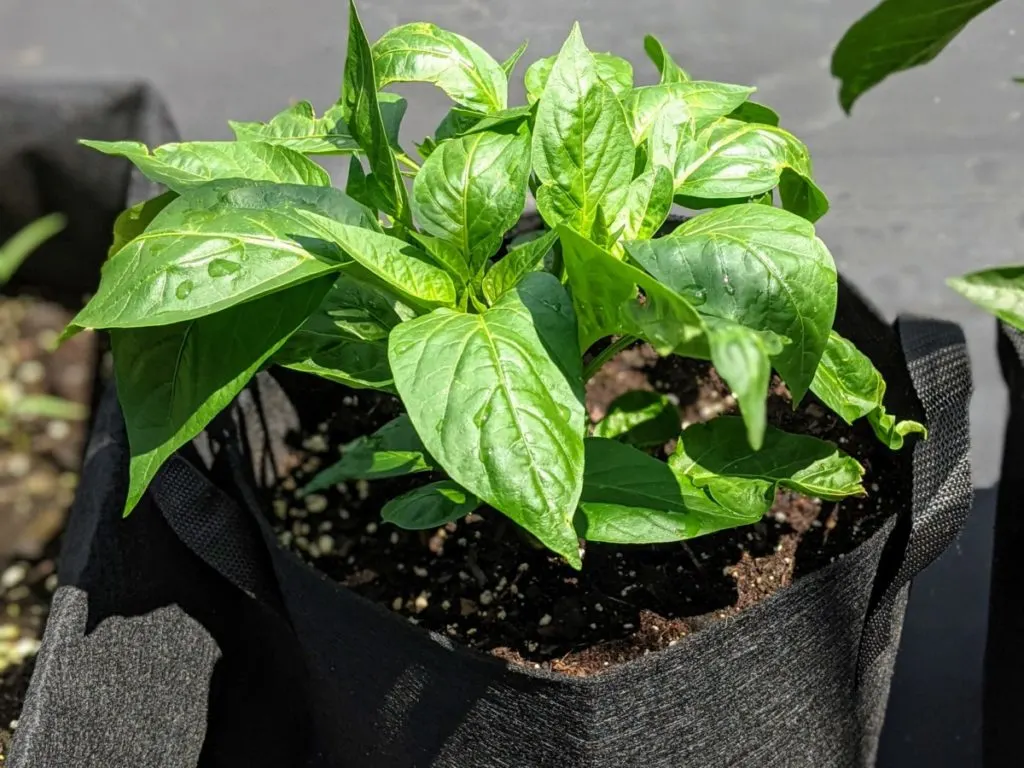
At the end of the season, they can be emptied, folded up, and easily stored for next year.
Of course, the downside to cloth bags is that they do tend to need to be watered more frequently.
If you’re interested in container gardening with grow bags, you’ll want to check out what Tracey has to say on the subject. 10 Reasons Why You’ll Love Gardening with Grow Bags
These are just some things to think about when choosing which materials to use for your container plants. All options have both pros and cons.
I find it helpful to think about:
- Environmental considerations – I always try to choose options with as small an environmental footprint as possible.
- Financial cost – Reuse and upcycling can cut the costs in a container garden considerably, so always think about what you might be able to reuse before buying new.
- Longevity – When thinking about environmental issues and financial cost – be sure to think about how long a container will last.
- Practicality – For example, how heavy are the containers? Will you want to move them around?
- What plants are being grown – Always remember to match the characteristics of containers to the needs of your plants.
- Where plants are being grown – And also remember that the needs of plants will alter to a degree depending on exactly where they are being grown.
2. Selecting Containers That Are the Wrong Size
Even when gardeners have considered the materials of which containers are made, they may choose containers that are too small or too large. Of course, the size of the container you need will very much depend on what you’re trying to grow.
When choosing a container, you need to think about whether a plant can ‘grow into’ its container, or needs to be potted up gradually as it grows.
With some plants, you can select a container from the outset that is large enough to accommodate the plant when it’s fully grown.
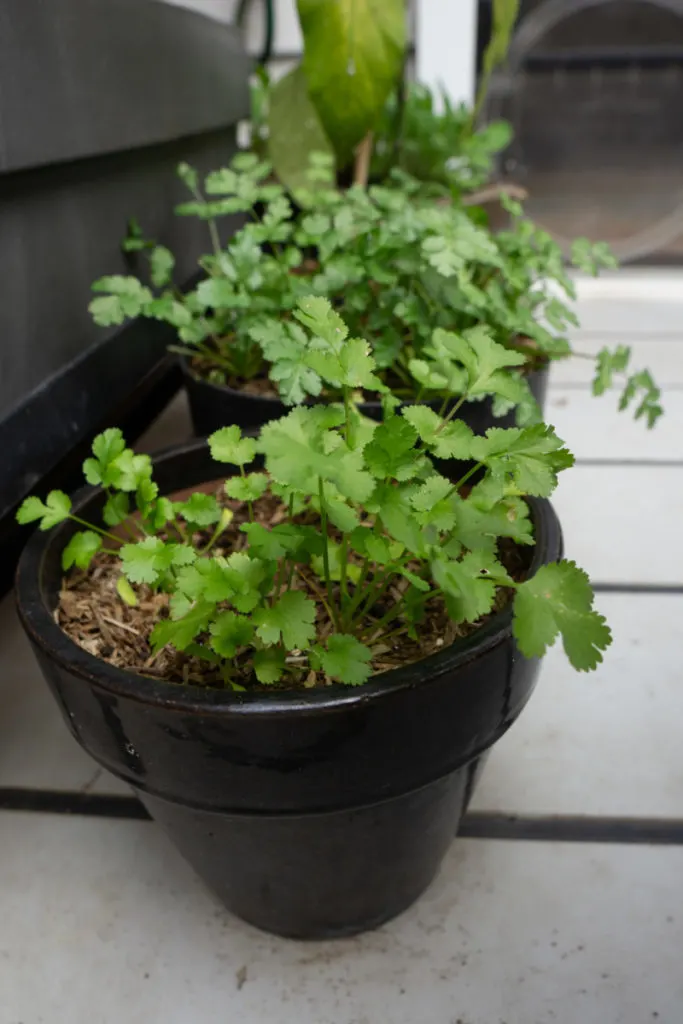
But other plants (particularly those that cannot tolerate having ‘wet feet’) may struggle in a container that is too large. When the root system only takes up a small amount of space in a container, it will be unable to draw up water from the growing medium around the edges. So waterlogging is more likely to become an issue.
Certain plants also perform better when root growth is restricted, and will not do as well when they have too much space to expand.
Knowing which size pot to choose, and knowing when to pot up can certainly be a rather complicated business. But this is something that you can slowly build knowledge about as you continue to tend your container garden.
Due to the complexity of this issue, it is difficult to give general guidance to help you avoid choosing a container that is the wrong size. But you should always make sure you understand the specific needs of the plants you’re trying to grow before you choose your containers.
General Container Size Guide
Here is a general size guide to help you get closer to determining which size container you need:
- Small pots (c. 4 inches – 0.125 gallon): Seedlings, small herb plants.
- 1 gallon pots (c. 7-8 inches): Many individual annual flowers and small perennials, potted up herbs and annual fruits and many leafy vegetables.
- 5 gallon pots (12 inches): Many annual fruits and vegetables (tomatoes, zucchini etc…). Small shrubs.
- 10 gallon (16 inches): Shrubs/ fruit bushes, larger perennials, large annuals (e.g cucumbers, larger brassicas, larger squash) or multiple annuals.
- 20 gallon or larger (c. 20 inch plus): Larger shrubs, dwarf/ patio trees. Polycultures containing a number of different plants.
3. Not Potting Up/ Repotting When You Need To
Many gardeners will start well, choosing great containers for their plants. But it is common for new gardeners to forget to keep an eye on their plants. They don’t pot them up to a larger container in time.
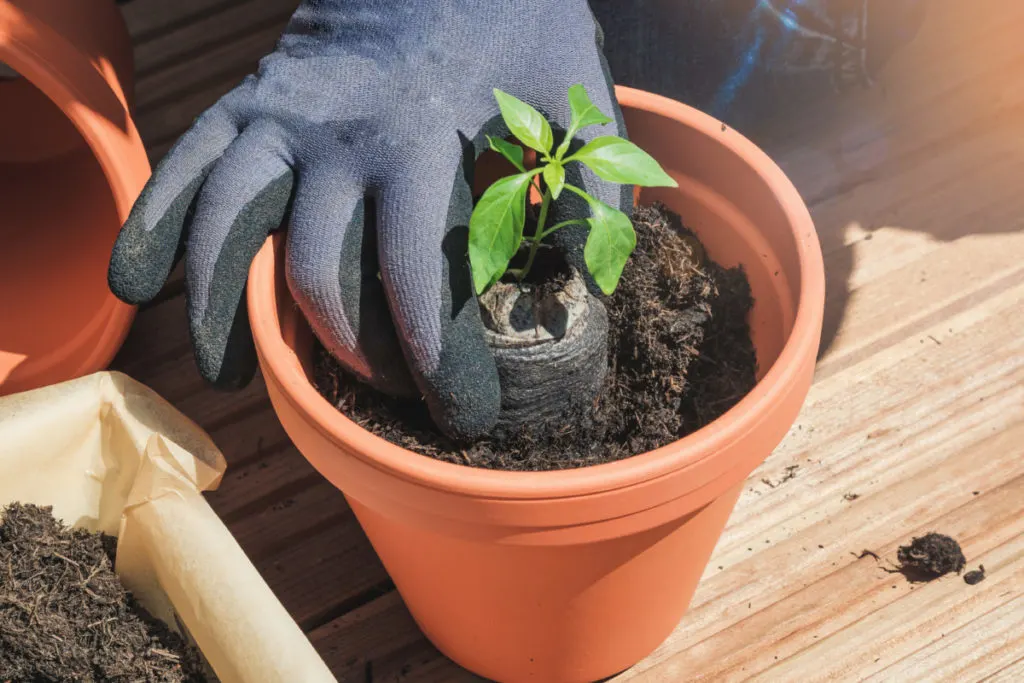
Often, plants are potted up when tiny roots appear through the hole in the base of a container.
If plant roots tightly fill a container, it can become ‘pot bound’. Of course, a plant that is in a container that is too small can quickly become starved of sufficient water and nutrients, and the growing medium can become too compacted.
When exactly you should pot up plants also depends very much on what you’re growing. Make sure that you know which plants can tolerate and even thrive in cramped conditions, and which need more space.
Repotting can also be essential in certain cases to replenish the growing medium. Repotting is sometimes essential to make sure there is fresh material for plants to root into. Generally speaking, when repotting, you will choose a container slightly larger than the one a plant was in before. But sometimes, root pruning will be required. Again, you should understand your plants.
4. Choosing the Wrong Growing Medium
Another mistake that those with a container garden often make is choosing their growing medium without reference to the plants they want to grow.
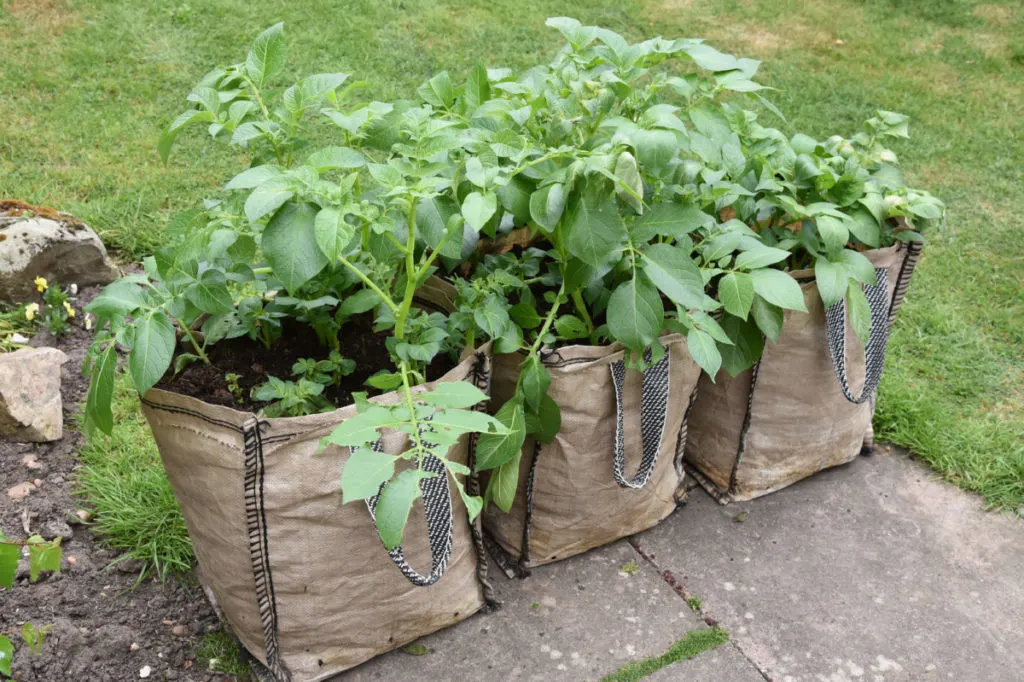
It’s important to understand that while many plants can thrive in a general-purpose growing medium, some have very specific requirements.
When it comes to choosing a growing medium, it’s important to think about:
- Fertility requirements of specific plants.
- Water retention – some plants need a moisture retentive growing medium, while others need one that is much more free-draining. This is also important to keep in mind when using a container that is more porous.
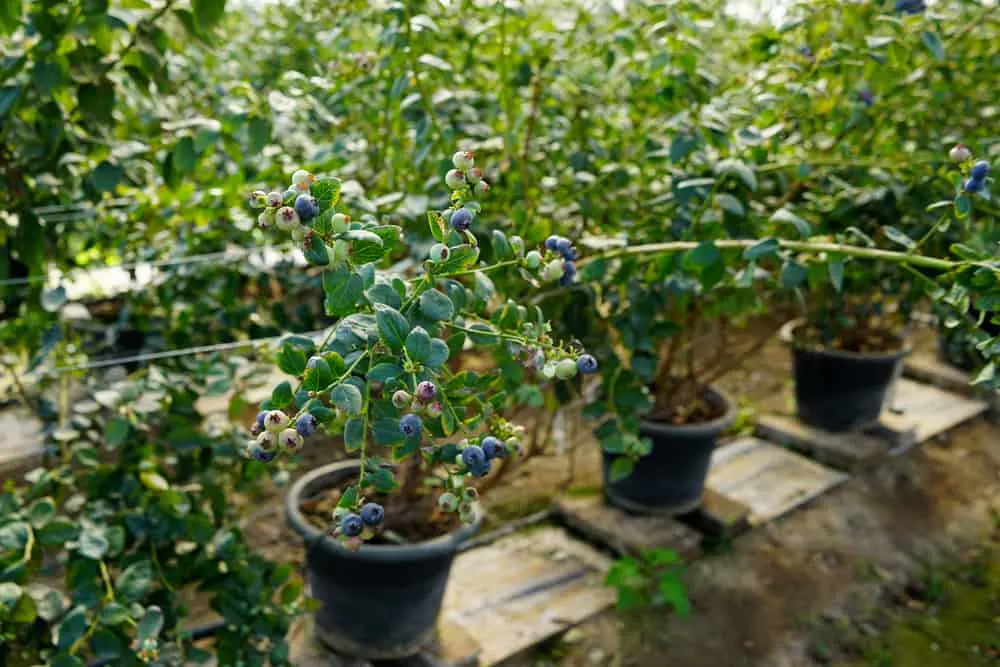
- PH – Some plants require an acidic growing medium, others an alkaline one.
5. Putting the Containers in the Wrong Place
Even when they have chosen the perfect containers and the perfect growing medium for their plants, gardeners still sometimes get it wrong.
One common issue involves not thinking enough about where the containers are placed.
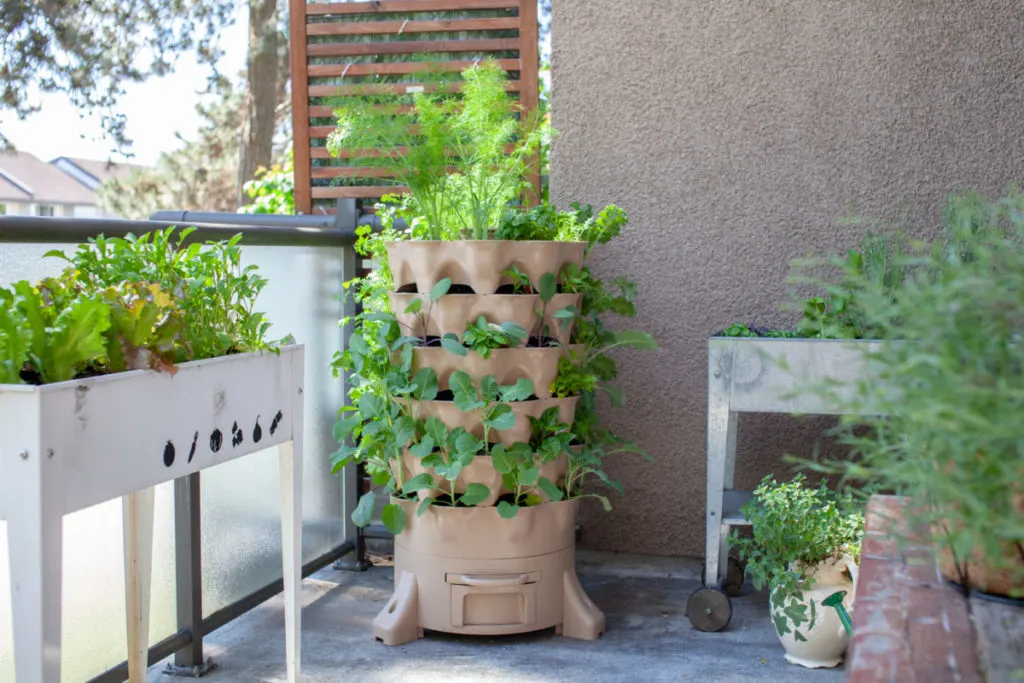
First of all, you will have to think about whether the plants you are growing will do best indoors, under cover, or outside in the elements. There is no point, for example, trying to grow tender plants in an exposed spot outdoors when they have no chance of surviving winter temperatures where you live.
In addition to thinking about temperature, you also need to think about:
- Light levels – Will plants get the levels of sunlight they require throughout each day and throughout the year?
- Wind – Is the site sheltered or exposed?
- Proximity to water sources/ rainwater harvesting points – How easy will it be for you to provide water for your container garden?
- Proximity to other plants/ containers – When placing containers you also need to think about things holistically. Be sure to consider not only the individual container, but also the whole of your space. For example, are there other plants growing nearby that might harbor disease that could spread to your new plants, or attract pest species? Remember, grouping containers together can often be beneficial too, in a range of ways.
- Proximity to your kitchen – If you’re growing edible crops in your container garden, the closer it is to your kitchen the more convenient and easy to tend it will be.
6. Providing Too Much or Too Little Water For Your Plants
I would argue that this is the most common reason that container gardening goes wrong.
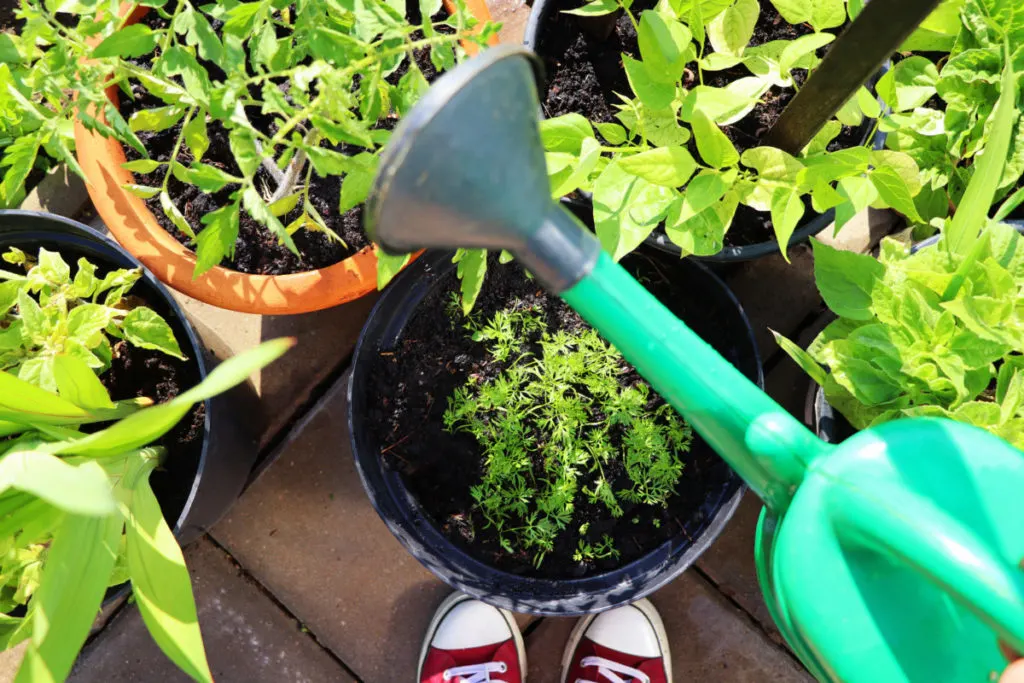
Watering can be challenging at the best of times. And regulating water and making sure your plants get what they need can be even more of a challenge when you’re growing in containers and not in the ground.
Of course, how much water plants need will depend on which species and varieties you are growing. You must always take individual plant needs into account.
Remember, as a general rule, plants grown in containers need more watering. Containers will dry out more quickly than soil in the ground.
But it’s also important to remember that watering needs will vary depending on a wide range of different factors, from the specific climate to the time of year, temperatures and other environmental conditions. It is vital to bear all these things in mind in order to get watering right.
7. Putting Too Much Effort Into Watering
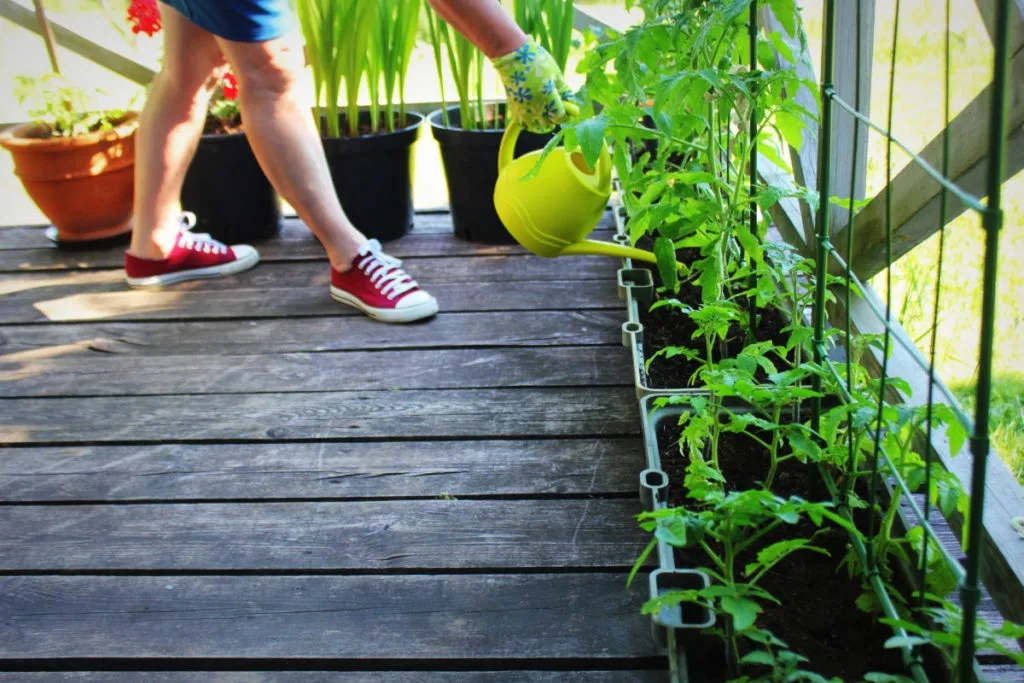
Are you working harder than you need to in your container garden? Watering does not necessarily have to be done by hand. In order to reduce the amount of time you spend watering your container garden you could:
- Choose self-watering/ easy to water containers.
- Use watering spikes and watering globes (or a recycled alternative like wine bottles).
- Use wicks to draw water to where it is needed.
- Add a drip irrigation system, winding hoses with holes in them into your pots and containers.
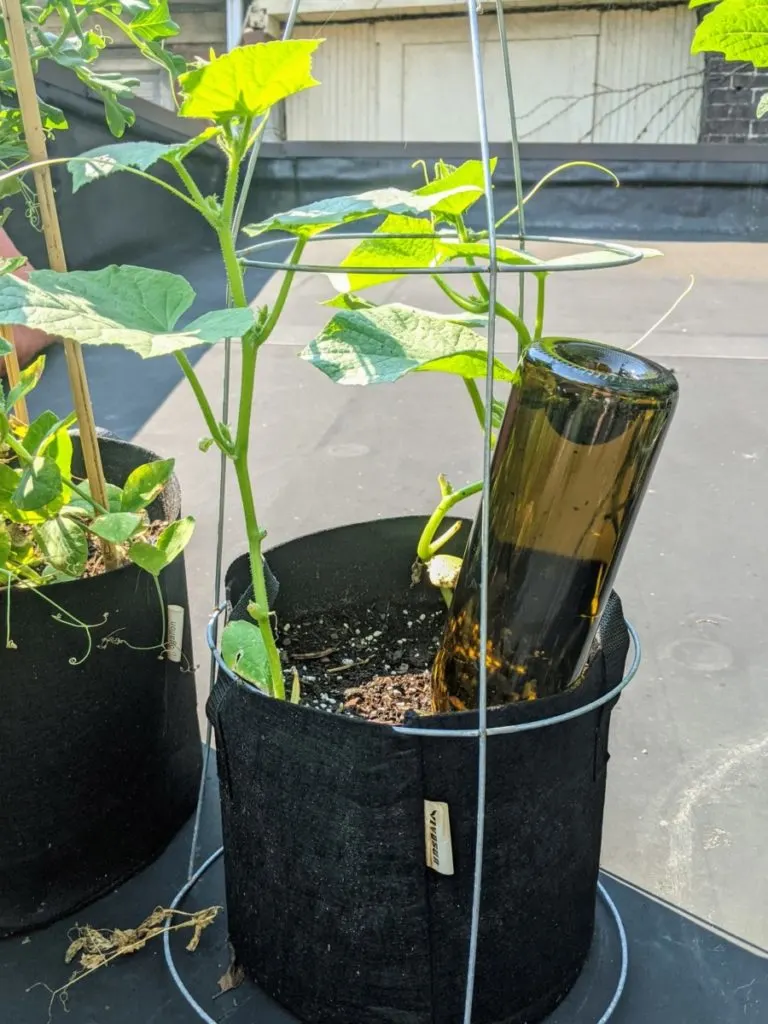
The benefit of using clever watering solutions is that you won’t just save time. You can also save water. And what water you do use will not be wasted but will be delivered to exactly where it is needed.
8. Failing to Add Fertility Over Time
The right environmental conditions and the right amount of water are two essentials for plant health. But there is another crucial thing to consider. Plants in a container garden, just like those growing elsewhere in a garden, need a range of nutrients to grow.
In a container garden, nutrients can be depleted much more quickly than in an in-ground bed.
One common mistake you might be making in your container garden is not adding nutrients back in.
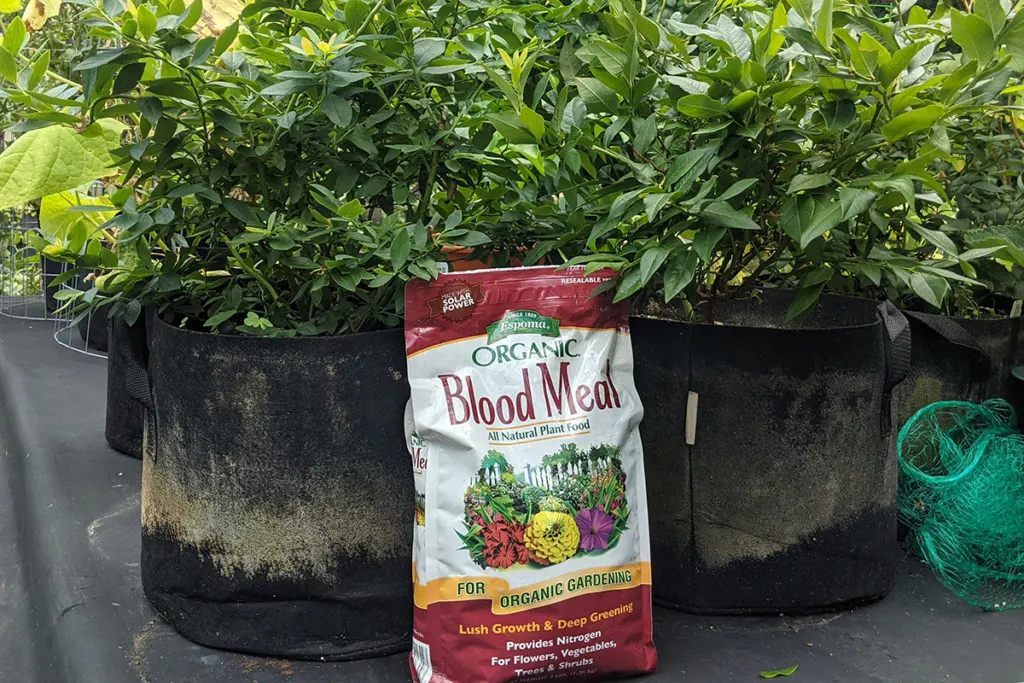
There will usually be nutrients in your growing medium, of course. But in containers, your plants will use these up quite quickly. And you’ll be washing nutrients out of the soil with more frequent watering.
One way to add nutrients back into your pots is to top-dress them regularly with an organic mulch. Some mulches used elsewhere in your garden may be too bulky to use easily in containers. But there is still a range of options to consider. Just be sure, when choosing a mulch, that you bear in mind the needs of specific plants.
You may also be able to fix nitrogen in pots by including nitrogen-fixing plants. (And rotating annual crops between key containers/ planters).
But the most important way to replenish nutrients in a container garden is with liquid feeds. These should usually be applied regularly, especially over the summer months.
9. Not Managing Your Container Garden Organically
Not gardening organically is one of the biggest mistakes you can make. If you don’t already garden organically, you’ll find plenty of articles on this website to help you make the switch.
Not only is this a better option for the environment, it also produces healthier vegetables and fruits for your family.
10. Not Giving Container Plants The Support They Need
The other day, I was sent some pictures of a container garden. It was really thriving! There were a wide range of edible crops in a range of different containers, all crammed into a really small space.
There was just one problem.
Many plants were flopping over with the weight of fruits etc. This made it difficult to tend and harvest. And some plants had been badly damaged as a result. I was able to suggest one simple fix – cheap, DIY support solutions for the plants in question.
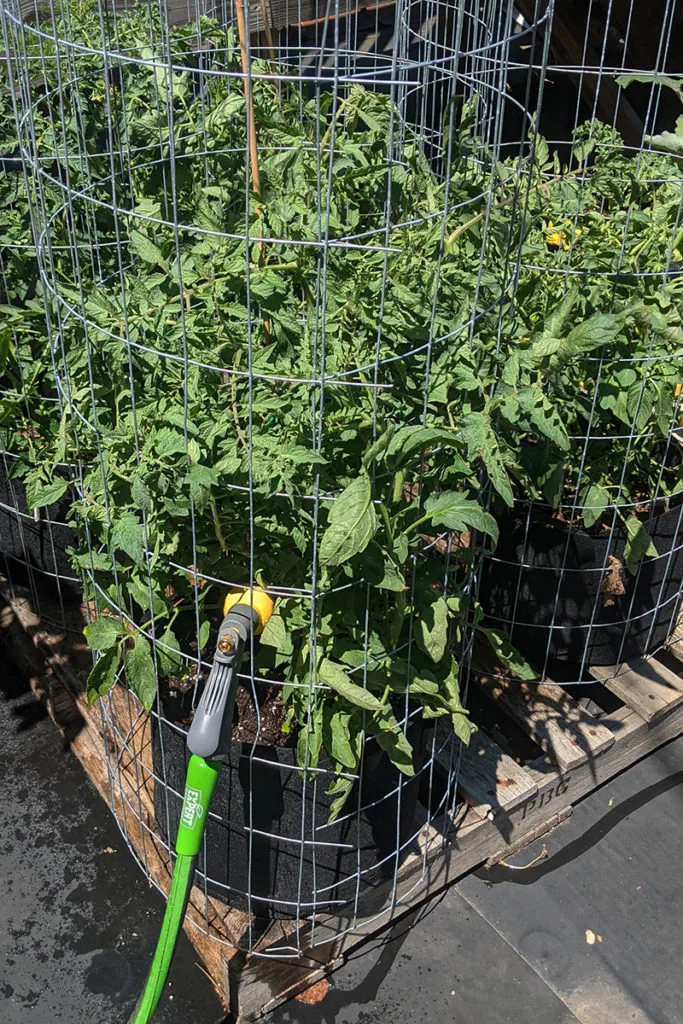
Many new container gardeners forget to give plants grown in containers the support they need. Don’t make this mistake. Use natural or reclaimed materials to make your own small trellises, stakes, cages etc. and you can prevent problems and get a higher yield from your space overall.
11. Not Making the Most of Your Space
Supporting plants can definitely be one way to maximize your use of space in a container garden. Vertical gardening often involves supporting plants to let them grow upwards so they take up less space on the horizontal plane.
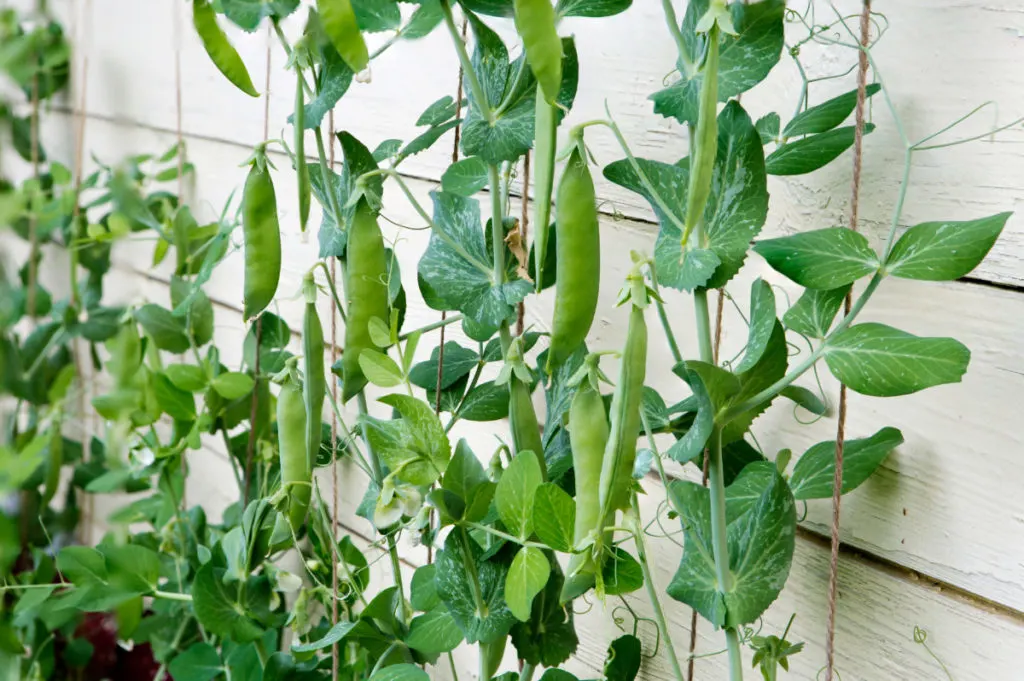
Vertical gardening also involves thinking about other ways to make the most of the space.
For example, in addition to using containers placed on the ground, you can also grow in containers placed on shelves. Or suspended from a wall or a porch/veranda roof, for example. You can also make a vertical garden to place against a wall or fence.
Our editor, Tracey, makes use of her rooftop to grow vegetables and make up for her lack of gardening space.
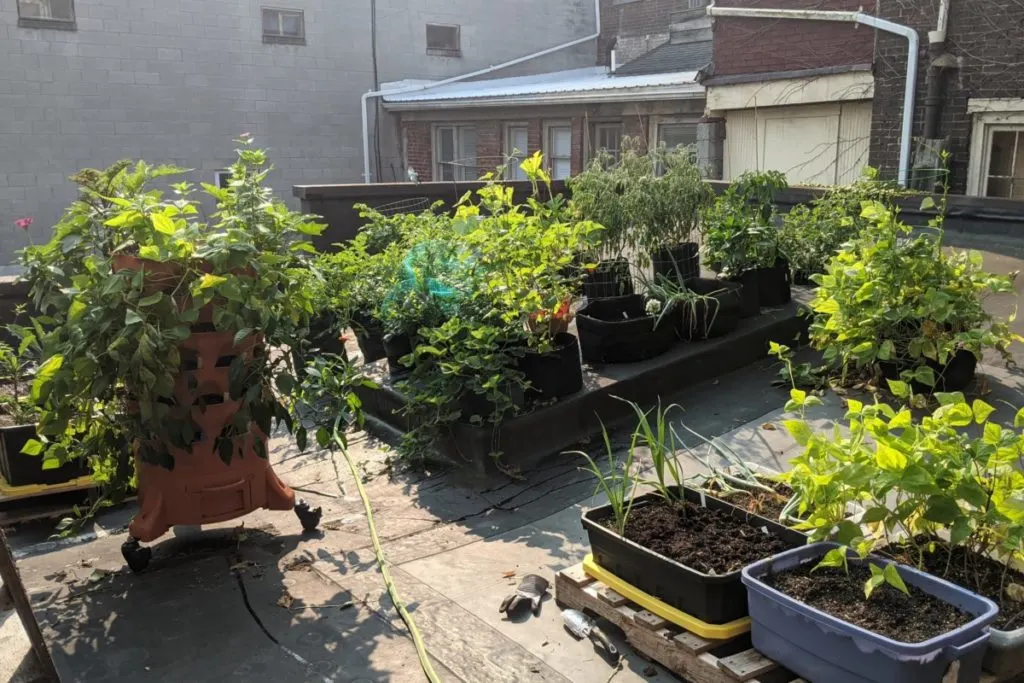
She also has a thriving herb and flower garden on her balcony.
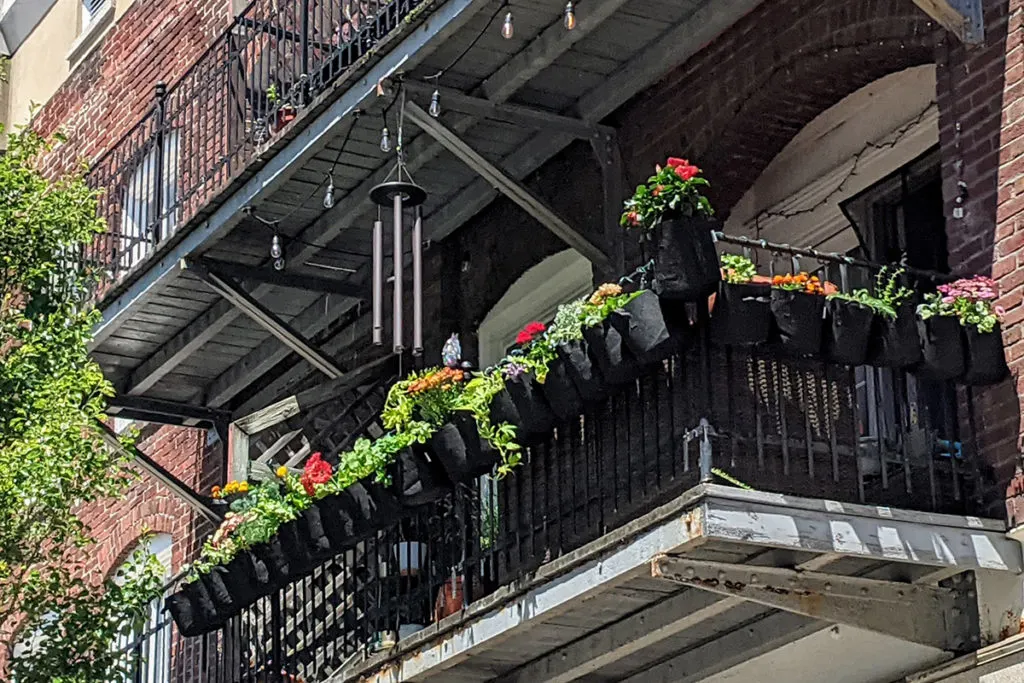
Are you really making the most of all the space you have available? Get creative!
12. Not Companion Planting – It Works in Containers Too
Another way to make the most of your space is by companion planting. If you’re not thinking about how to combine plants – you’re missing out on a myriad of benefits.
You can often treat a larger container in much the same way that you might treat a raised bed or other growing areas. You can turn it into a thriving polyculture.
Alternatively, you can set smaller containers of plants like marigolds near their companion plants.
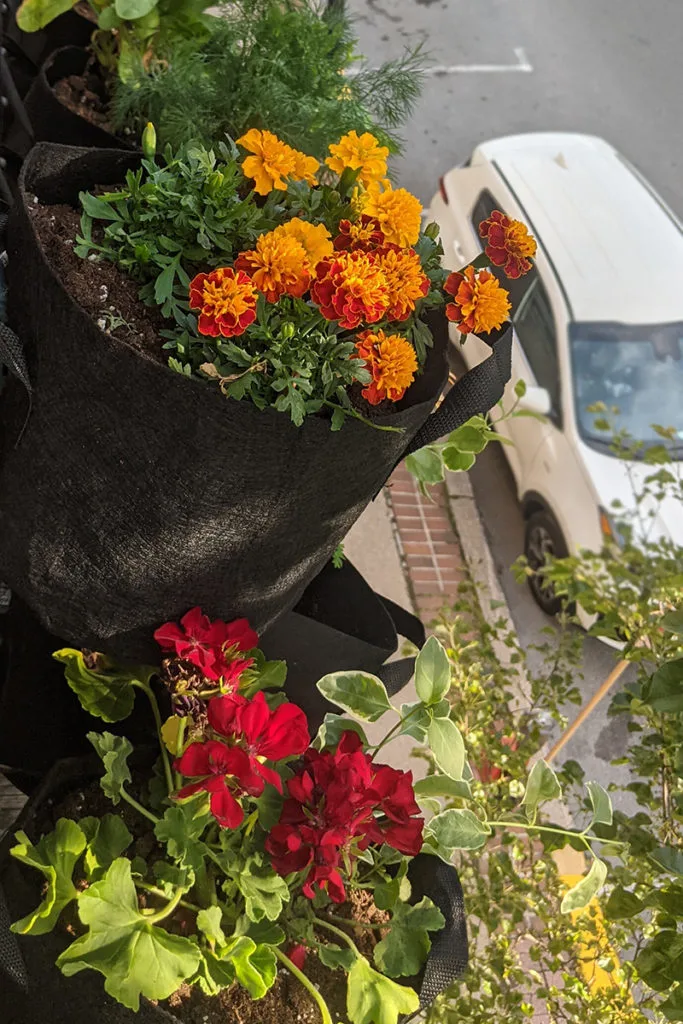
By carefully choosing different plants to grow together in the same container, you can benefit from the many advantages that companion planting can bring.
Companion plants can also confer benefits even when they’re not in the same container.
Companion planting can also involve placing pots close to one another. One example is placing a great bee-attracting plant close to plants that require pollination.
Another example is choosing plants to attract predatory insects like ladybugs, to keep aphids and other pests in check. A taller plant in one container might also provide some shade for other containers close by…
Even in a container garden, you should be thinking about drawing in as much wildlife as possible. You can create a thriving, biodiverse system, even when not growing in the ground.
Making sure you don’t make the mistakes above can go a long way towards ensuring you meet with success in your container garden.

Get the famous Rural Sprout newsletter delivered to your inbox.
Including Sunday musings from our editor, Tracey, as well as “What’s Up Wednesday” our roundup of what’s in season and new article updates and alerts.

